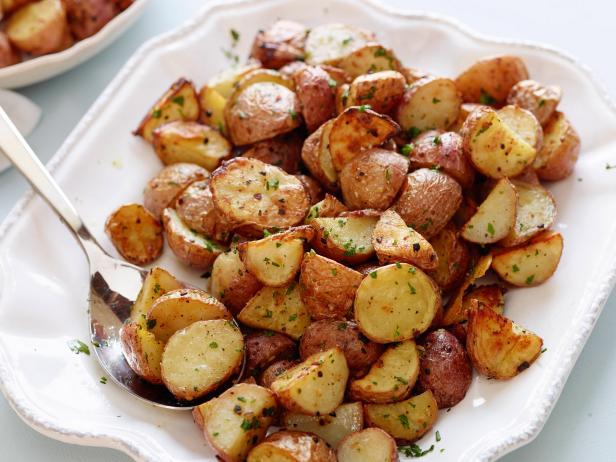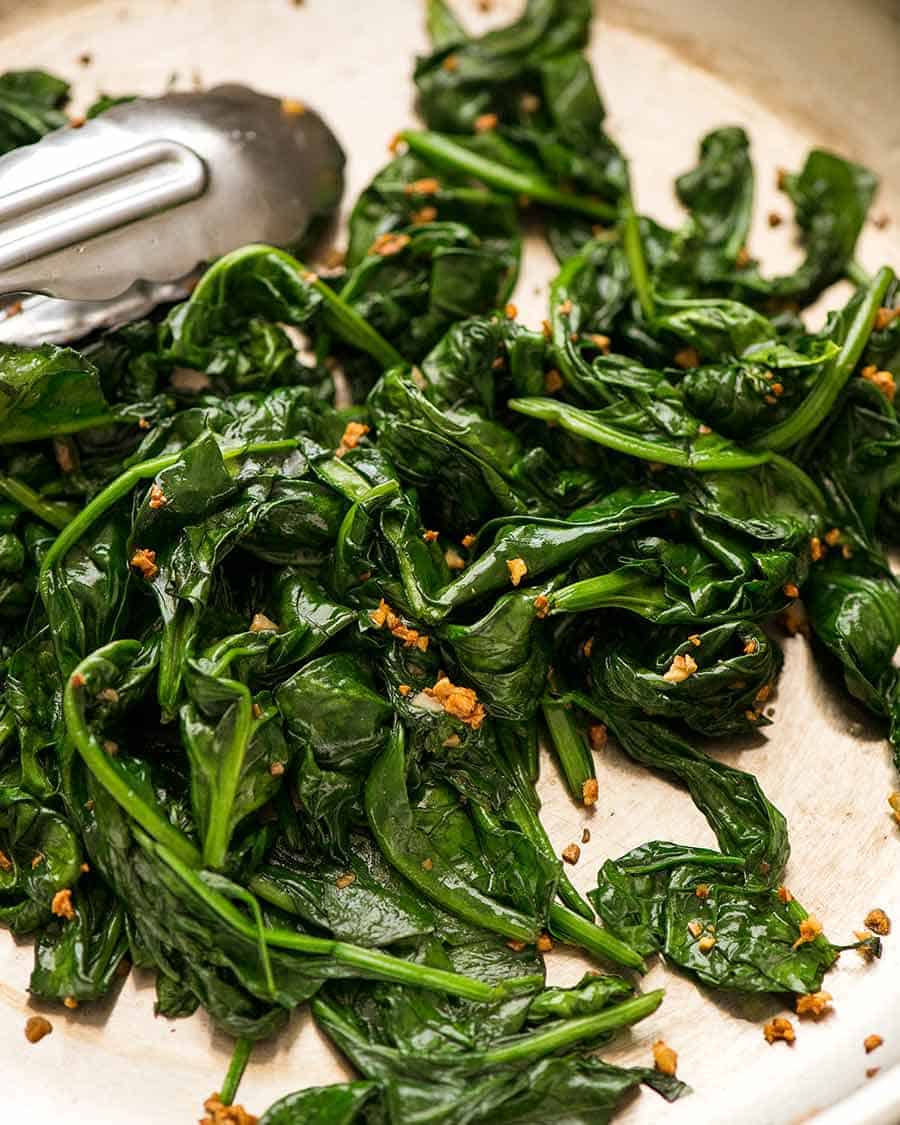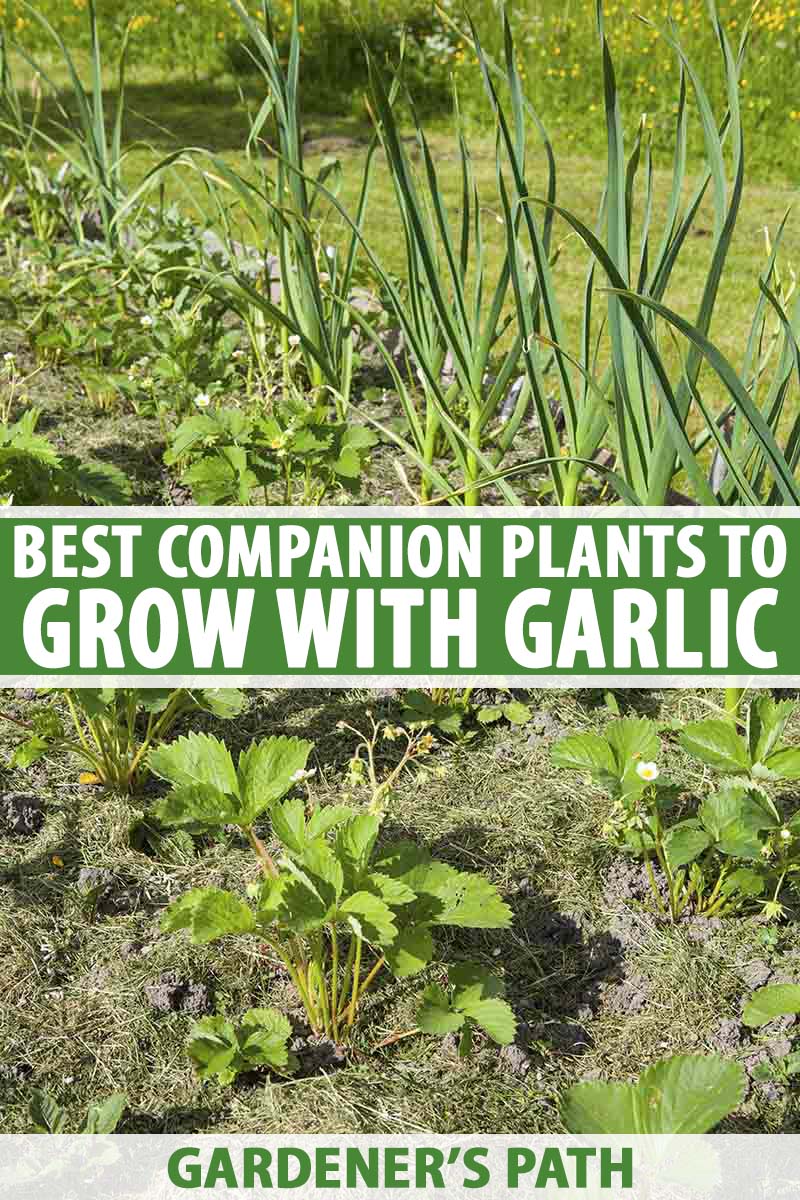Garlic: The Ultimate Companion Plant
Garlic is a versatile and delicious vegetable that can be enjoyed in many different dishes. But did you know that garlic can also be a beneficial companion plant for other vegetables?
Companion planting is the practice of planting certain plants together in order to promote their growth and health. By planting compatible plants near each other, you can create a symbiotic relationship where each plant benefits from the other.
Garlic is a great companion plant for a variety of vegetables, including:
- Beetroot: Beetroot and garlic have different nutrient requirements, so they won't compete for resources. Additionally, the strong smell of garlic can help to repel pests that target beetroot.

- Carrots: Garlic can help to repel carrot fly, a common pest that can damage carrot crops. Additionally, the roots of garlic and carrots don't compete for space, so they can be planted close together.

- Cabbage: Garlic can help to repel cabbage moths, a common pest that can damage cabbage leaves. Additionally, the strong smell of garlic can help to improve the flavor of cabbage.

- Kale: Kale and garlic are both heavy feeders, so they can benefit from being planted together. Additionally, the strong smell of garlic can help to repel pests that target kale.

- Potatoes: Garlic can help to repel potato blight, a common fungal disease that can damage potato crops. Additionally, the roots of garlic and potatoes don't compete for space, so they can be planted close together.

- Spinach: Spinach and garlic are both cool-season crops, so they can be planted together in the same bed. Additionally, the strong smell of garlic can help to repel pests that target spinach.

- Strawberries: Garlic can help to repel strawberry root weevil, a common pest that can damage strawberry plants. Additionally, the strong smell of garlic can help to improve the flavor of strawberries.

In addition to these vegetables, garlic can also be a beneficial companion plant for fruit trees, such as apple trees, pear trees, and plum trees. The strong smell of garlic can help to repel pests that target fruit trees, such as codling moth and apple scab.
When planting garlic as a companion plant, it is important to consider the spacing requirements of both plants. Garlic plants need about 6 inches of space between each plant, so you will need to make sure that there is enough space for both plants to grow.
You can also plant garlic and other companion plants in raised beds or containers. This can be a great option if you have limited space in your garden.
Companion planting is a great way to improve the growth and health of your vegetables. By planting garlic near compatible plants, you can create a thriving garden that is resistant to pests and diseases.
Garlic is a versatile and delicious herb that can be used in many different dishes. But did you know that garlic can also be a great companion plant for other vegetables in your garden?
Garlic has a strong smell that can repel pests, such as aphids, snails, and mosquitoes. It can also help to improve the flavor and yield of other plants. Some of the best companion plants for garlic include:
- Tomatoes: Garlic can help to protect tomatoes from pests and diseases.
- Peppers: Garlic can help to improve the flavor of peppers.
- Carrots: Garlic can help to deter carrot fly.
- Potatoes: Garlic can help to prevent potato scab.
- Cabbage: Garlic can help to repel cabbage moths.
If you're looking to improve the health and productivity of your garden, consider planting garlic as a companion plant. For more information about garlic companion planting, visit Gardenia Inspiration.
FAQ of garlic as a companion plant
Q: What are some good companion plants for garlic?
A: Garlic is a versatile companion plant that can be grown with a variety of other vegetables. Some of its best companions include:
- Tomatoes: Garlic helps to repel pests that can damage tomatoes, such as aphids and tomato hornworms.
- Potatoes: Garlic can help to improve the taste of potatoes and protect them from diseases.
- Cabbage: Garlic can help to repel cabbage moths and other pests that can damage cabbage plants.
- Carrots: Garlic can help to improve the flavor of carrots and protect them from root rot.
- Strawberries: Garlic can help to repel slugs and snails that can damage strawberries.
Q: What plants should not be planted near garlic?
A: Garlic should not be planted near the following plants:
- Beans: Garlic can stunt the growth of beans.
- Asparagus: Garlic can suppress the growth of asparagus.
- Sage: Garlic can reduce the yield of sage.
- Parsley: Garlic can reduce the yield of parsley.
- Other alliums (such as onions, leeks, and chives): Planting garlic near other alliums can increase the risk of diseases.
Q: How does garlic help to repel pests?
A: Garlic contains a compound called allicin, which has a strong odor that repels many pests. When garlic is crushed or chopped, allicin is released into the air and can deter pests from entering the garden. Garlic can also be used to make a spray that can be applied to plants to help repel pests.
Q: How does garlic improve soil health?
A: Garlic is a nitrogen-fixing plant, which means that it can convert atmospheric nitrogen into a form that plants can use. This helps to improve the fertility of the soil and can benefit the growth of other plants in the garden. Garlic also helps to break up compacted soil and improve drainage.
Q: What are some other benefits of companion planting with garlic?
Aside from helping to repel pests and improve soil health, companion planting with garlic can also offer a number of other benefits, such as:
- Attracting pollinators: Garlic can attract pollinators such as bees and butterflies, which can help to improve the pollination of other plants in the garden.
- Providing shade: Garlic can provide shade for other plants, which can help to protect them from the hot sun.
- Suppressing weeds: Garlic can help to suppress the growth of weeds, which can reduce the amount of weeding that needs to be done.
Image of garlic as a companion plant
5 different images of "garlic as a companion plant" from pinterest.com:
- Garlic and tomatoes: Garlic can help to repel pests that target tomatoes, such as tomato hornworms and whiteflies.

- Garlic and roses: Garlic can help to deter aphids, spider mites, and other pests that target roses.

- Garlic and beans: Garlic can help to improve the nitrogen content of the soil, which can benefit beans.

- Garlic and strawberries: Garlic can help to repel slugs and snails, which can damage strawberries.

- Garlic and lavender: Garlic and lavender can both repel mosquitoes and other pests.

Post a Comment for "Garlic: The Ultimate Companion Plant"